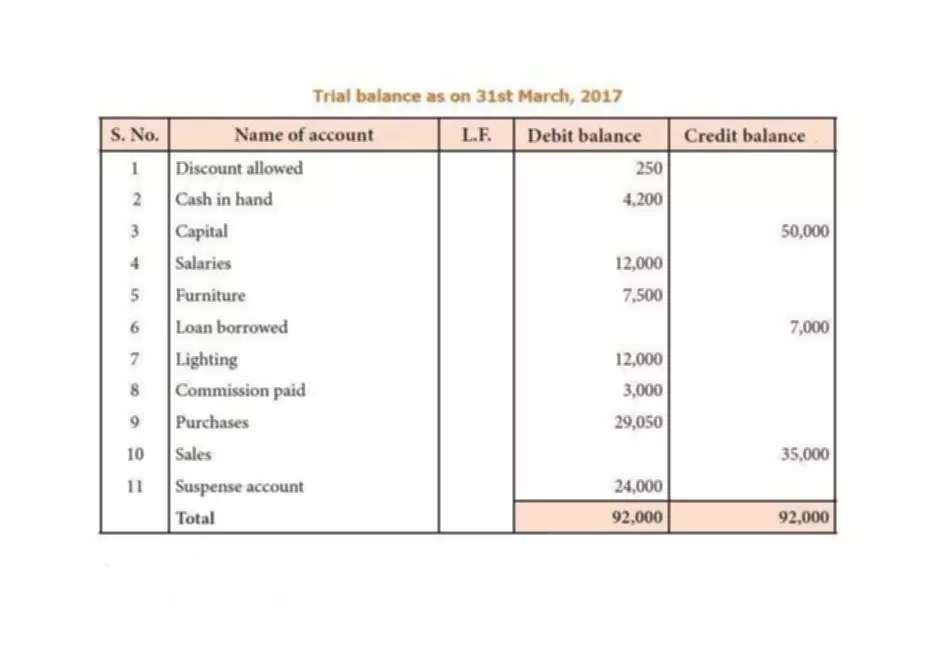Content

Thus, the unit price is equal to the total price divided by the total quantity. The process of determining a company’s average cost is as follows. It is essential to calculate cost per unit as it offers an idea of how much you need to charge per product to generate profit. Any expense incurred in the storage of unsold inventory is referred to as holding costs.
You’ll need to sell 600 cups of coffee every month if you want your business to be profitable. If you divide that by roughly 30 days in a month, you’ll need to sell 20 cups of coffee per day in order to break-even. Everything from basic payment processing to inventory management and customer management—even for multiple locations. Let us now find the total cost for each of the units given in the question above.
What Is Unit Cost?
Businesses with high fixed costs generally operate differently than those with high variable costs. AccountingTools states that the cost per unit should decrease as unit production increases. This is because the fixed costs of production are being distributed across more units, which also means that the cost per unit will vary based on those factors. If a company makes zero sales for a period of time, then total variable costs will also be zero. But if sales are through the roof, variable costs will rise drastically. What your company should aim for are low variable costs that enable larger margins so your business can be more profitable.
- Then factor in all the tacos you sold throughout the month — 1,000 tacos.
- To be able to compare this cost to cost of another strip of different size you need to calculate cost per unit of volume.
- That is, as the output level increases, the cost is also increasing.
- Your income statement should serve as a blueprint for finding ways to make your business more profitable.
- It also refers to both fixed and variable costs related to production.
- The unit price is the cost per quantity of item you’re receiving.
To calculate the monthly cost of equipment purchases, divide the cost of the equipment by its estimated life cycle. But to accurately calculate cost per unit, it’s important to understand what is considered fixed costs versus variable costs. After you reach your breakeven point, additional sales yield profit. The margin generated from the next 1,000 jars sold is profit, or net income. So, if you sell all 3,000 jars, you will make $3,000 in profit for the year.
Products
You must recognize that the success of service and product-based businesses dramatically depends on their profit. To know whether your business is a profitable unit, you can check whether your production costs are lower than the cost of each product you are selling. By understanding how to calculate the cost per unit of a product, you can easily set the prices and attain your sales goals. Keep reading to know more about the cost per unit and how to calculate the unit per Price. These costs change because they depend on the amount of raw materials needed and the labor required for manufacturing, packaging, and shipping.
- The average cost represents the standard cost incurred per unit of production.
- This is the same as the unit price, but worded in a different way.
- Our end-to-end supply chain solutions also improve inbound and outbound logistics, including warehouse receiving, to establish a more efficient, cost-effective supply chain.
- By keeping the cost per unit low, you can pass on the savings to the customer and entice more customers to buy (or take home more money if you’re able to sell it at a premium).
- An engaging brand story and communicating what makes your product stand out from the crowd can support a higher price.
With this, you provide your customers with the products at the best prices while maintaining the competitiveness of the pricing. The calculation of cost per unit gives a detailed insight into the total costs to manufacture a single item, store it, ship it, and more. This will also help you to detect the inefficiencies that are increasing the cost. If the per-unit cost is low, then it suggests efficient production and logistics.
Knowing Cost Per Unit Is Essential For Keeping Things On Track!
Unprofitable products can accumulate unnecessary storage fees and tie up capital better used elsewhere in your business. Overhead costs are indirect expenses incurred by a business to support its operations. Your team may also consider implementing lean inventory management practices and utilizing efficient warehouse layouts to minimize storage costs.
If the selling price of your product is $10.00 and the total product cost is $7.50, then your margin is 25%, while the markup is 33%. With growth, you’ll face added costs for marketing, sales staff, and inventory management. Major grocers require marketing or slotting fees, specials, and discounts that add to the costs. And as your business increases, the time lag between when someone places an order and when you get paid will grow. Let us calculate the total cost for each of the units given in the question above.
Unit Price:
A break-even analysis is a financial calculation used to determine a company’s break-even point. To be able to compare this cost to cost of another strip of different size you need to calculate cost per unit of volume. For example, if you use millimeters for dimensions, you need the cost per cubic millimeter for first and for the second strip. A cost per equivalent unit is defined as the sum of the costs added this period and the beginning work in process costs divided by the equivalent units.
- In this article, we will define cost per unit, explain why it is important, show how to calculate it, and offer actionable tips to reduce your cost per unit.
- In this guide, we’ll explore the importance of understanding the cost per unit, discuss the formula to calculate it, and give a few tips and strategies to reduce this cost.
- AccountingTools states that the cost per unit should decrease as unit production increases.
- Furthermore, production economies of scale can lower the threat of new entrants (competitors) into the industry.
- Examples of step costs are adding a new production facility or production equipment, adding a forklift, or adding a second or third shift.
- Companies that manufacture goods will have a more clearly defined calculation of unit costs while unit costs for service companies can be somewhat vague.
However, an item’s price needs to reflect what the market will bear. If the price is set too low, you may not cover all your costs. However, underpricing a product is a common mistake among new food entrepreneurs. It might not be fun, but calculating your fixed costs on a regular basis will benefit your business in the long run. Having a finger on the pulse of your business metrics will be crucial to happily serving your customers for years to come. Let’s say you started a small coffee shop that specializes in gourmet roasted coffee beans.
How to Calculate Fixed Cost
For this problem, the plant was able to produce 30,000 units in this 1 month period. Prevent excess materials by tracking inventory to avoid overproduction. It’s also important to properly train your https://www.bookstime.com/ employees to reduce product defects, and only order the necessary direct materials for production. One effective way to reduce material costs is by sourcing materials from cheaper suppliers.

Also, you need to understand that some fixed costs change on an annual basis, as mentioned in the contract that increases your overall fixed costs. Let’s just say you renewed your insurance policy to increase your insurance premium for the next https://www.bookstime.com/articles/how-to-calculate-cost-per-unit year. It will likely impact your production costs for each unit due to the additional insurance cost. When fixed costs are high, you need more volume to break even, but your profits will be higher when you continue to increase that volume.
Cost per unit offers insight into how much it costs to produce a single item, receive new inventory, store it, and fulfill and ship it. By breaking down the cost per unit, you can identify inefficiencies that are driving up costs, therefore reducing profit margins. Using what you learned from your customer research will help you judge how much customers will pay for your product. Customer research gives you a clear picture of the income and spending habits of your target consumer.

This means the company must price each unit at more than $21.25 to cover costs and make a profit. To calculate the unit price, first convert the total quantity to the desired unit. Thus, if the quantity is measured in ounces but you want to find the unit price in pounds, convert the quantity to pounds first, then calculate the unit price using the formula above. Broadly, the total cost of production is composed of two parts, as expressed by the following formula. On the other hand, you also need to evaluate the freight shipping and logistic procurement costs to ensure that your products and services are available at the lowest prices. For instance, a professional wholesale distributor can offer attractive rates for inventory replenishment.
What is the Total Cost Formula?
They make Product Y and Product Z. They need to calculate the average variable cost for each product and the total variable costs. This will allow them to carry out different types of financial analysis, like break-even analysis or profitability analysis. The first section of a company’s income statement focuses on direct costs. In this section, analysts may view revenue, unit costs, and gross profit. Gross profit shows the amount of money a company has made after subtracting unit costs from its revenue.
